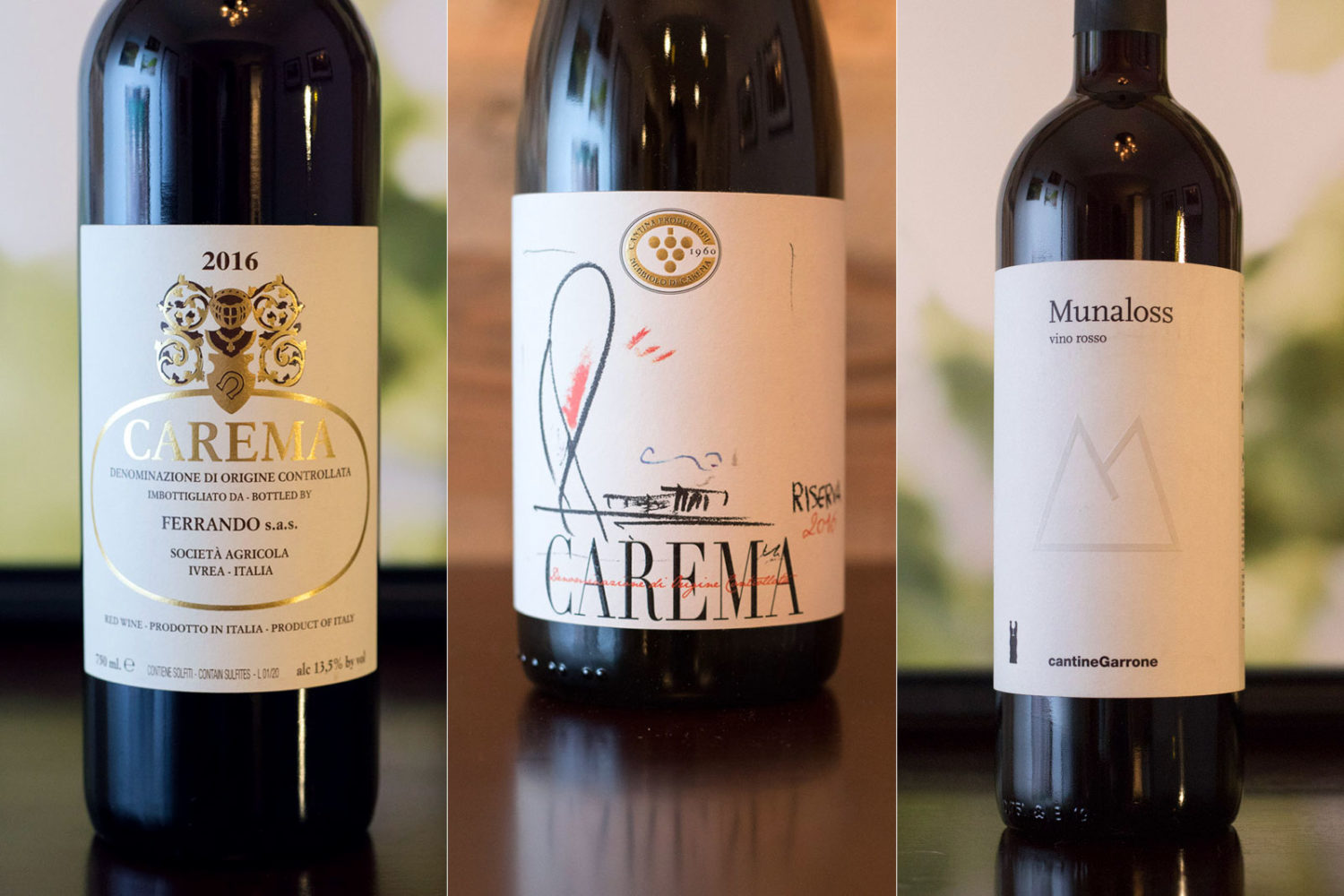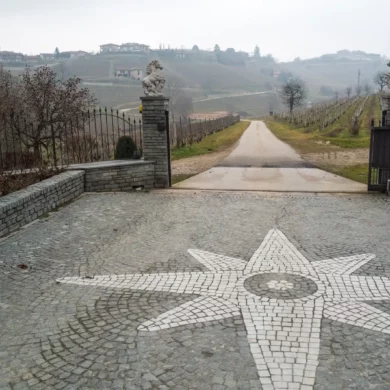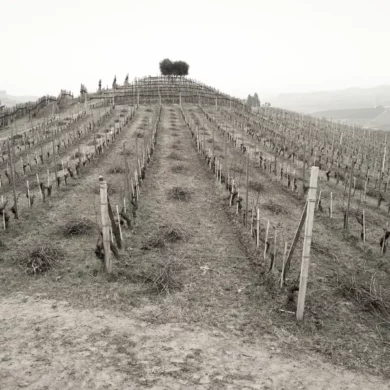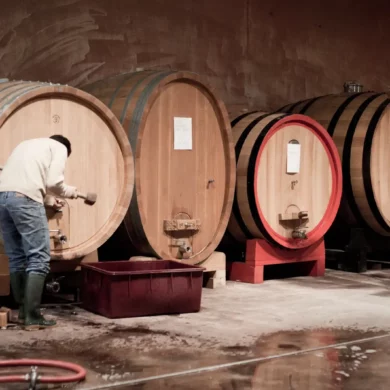Wine is at its best when it cannot be explained: aromas that refuse definition, sensations that break our analysis. As a writer, part of me wants to write everything down: a compulsion to sink my claws into life before it slips away. But an epic wine has the rare ability to make me put the pen down willingly, embrace the mystery of its dimensions, and absorb the present moment.
But there is another kind of magical bewilderment that comes only from wines of “heroic” viticulture: the acknowledgement of their very existence and persistence. Grown either from ridiculously steep slopes, high elevations, or remote islands (or sometimes a combination of these factors) heroic vineyards and the wines they yield are endlessly fascinating. Every action in the vineyard needs to be done by hand, and that often includes added maintenance costs to fight erosion and preserve terracing. In this modern world driven by profit margins, a $30 wine from a heroic vineyard seems to defy logic on another level.
In Piedmont’s Carema DOC, these two bewilderments meet. Comprised of a single mountain slope at the foot of the Alps, Carema’s 16-hectares of terraced Nebbiolo vines can bring forth one of Italy’s most refined, elegant and composed wines. And there are only two producers: the family estate of Ferrando and the co-operative, Produttori di Carema.
The magic of Carema is equal parts nature and human ingenuity. Tucked into a pocket of the Alps’ lower slopes, the vineyards face south to absorb the sun. However, this is near the northern limit of Nebbiolo’s fickle range, and the mountains’ propensity for generating cloud cover (and scraping moisture from it) means these grapes need all the help they can get to achieve ripeness. Indeed, because of this, Carema comes across in the glass as having the highest falsetto voice of any of the Nebbiolo-focused appellations in Italy.
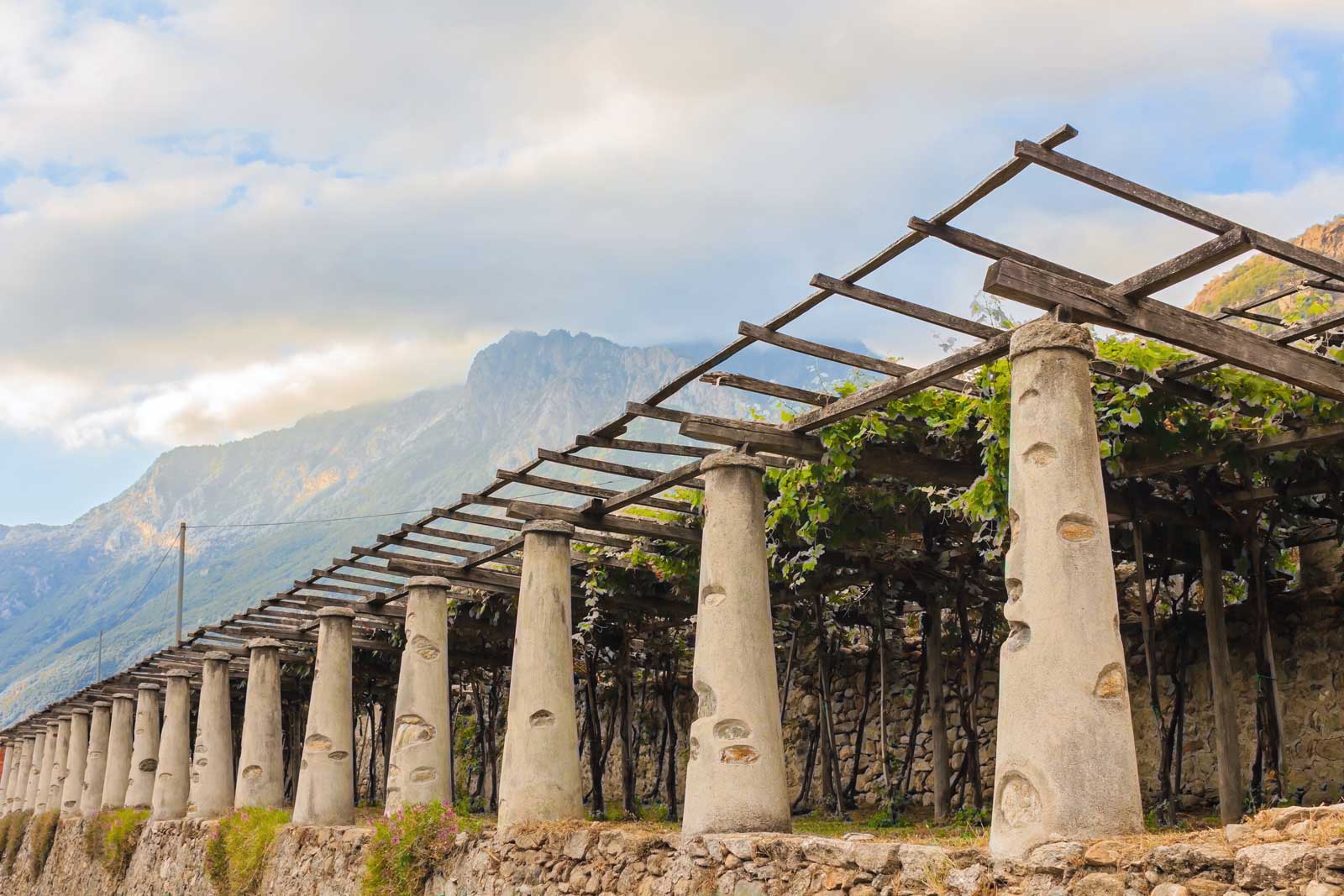
To that end, winegrowers have developed a unique trellising system that simultaneously maximizes air flow (to reduce rot and concentrate flavors), and increases warmth around the grape clusters. Stone pillars called pilun absorb heat from the sun and radiate it back out at night, which helps reduce the shock of the cold alpine air that defines late summer and early fall — right when the grapes are reaching their crucial moment of ripeness.
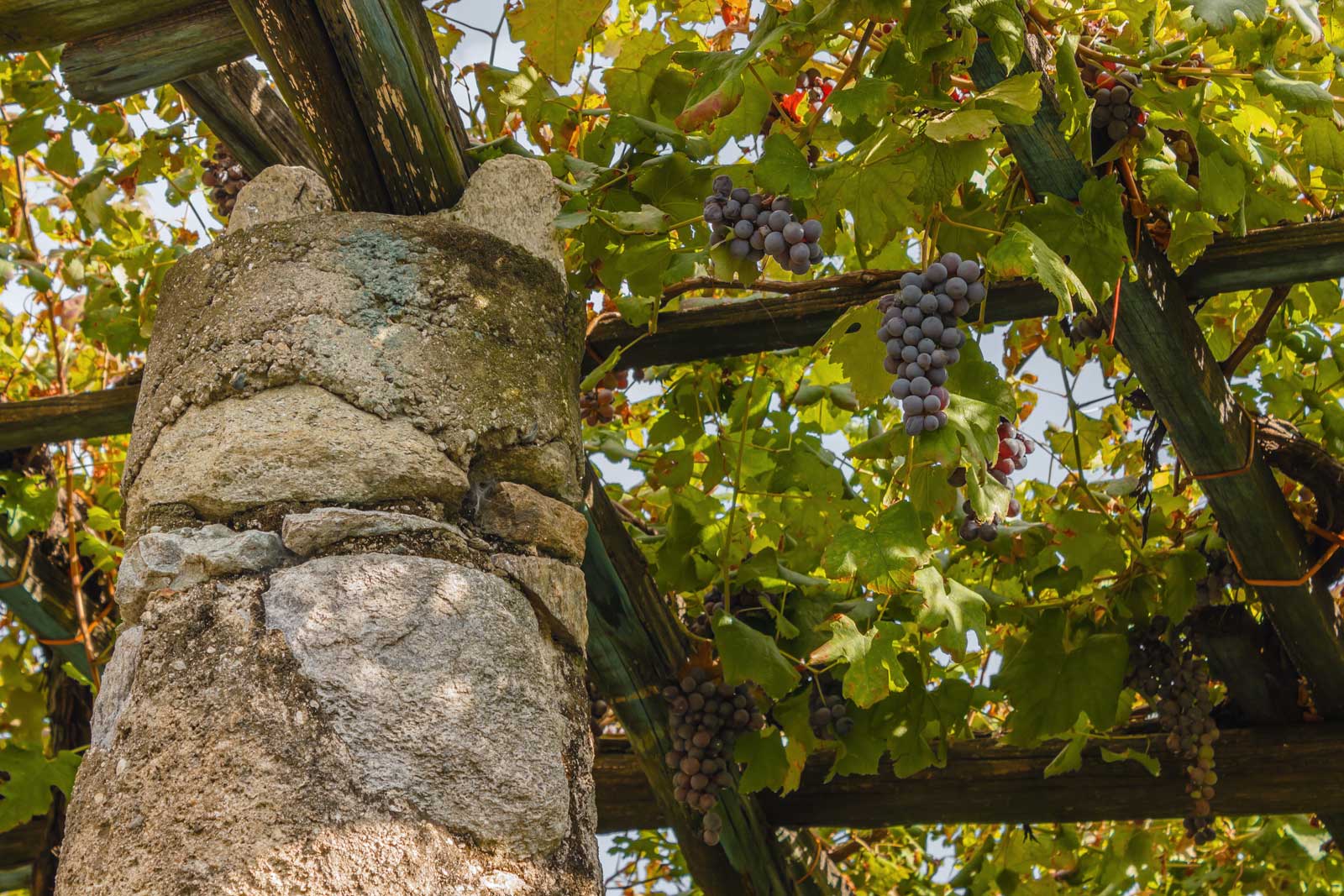
Carema is not Nebbiolo’s northern limit, but it is close. A stone’s throw away, in the large and nuanced Valle d’Aosta DOC, you will find the Nebbiolo-specialist subzones of Donnas and Arnad-Montjovet. Their wines can be thrilling, but not quite as polished as Carema. And to the north and east, at the tip of Piedmont, there is the tiny Valli Ossolane DOC, which I will admit I had never heard of until a sample of Cantina Garrone’s “Munaloss” arrived at my place. Located around Domodossola, this DOC is half the size of Carema — a minuscule 8 hectares — and scattered across the slopes above the Toce River upstream of Lake Maggiore. A blend of grapes with Nebbiolo comprising half of the cuvée, Munaloss was surprisingly brisk, joyful and refined. Like the Etichetta Bianca and the Carema Riserva featured below, the context of “Munaloss” — and the vineyards it hails from — is rather unlikely. You could taste them blind with other Nebbiolo and Nebbiolo-blended wines and assess their merits on a technical level, but I prefer to contemplate the toil that went into them. It’s akin to the electricity of seeing an endangered species. You know it is fleeting, you know it is rare, and you can’t help but factor that into your enjoyment.
2016 Ferrando “Etichetta Bianca” Carema
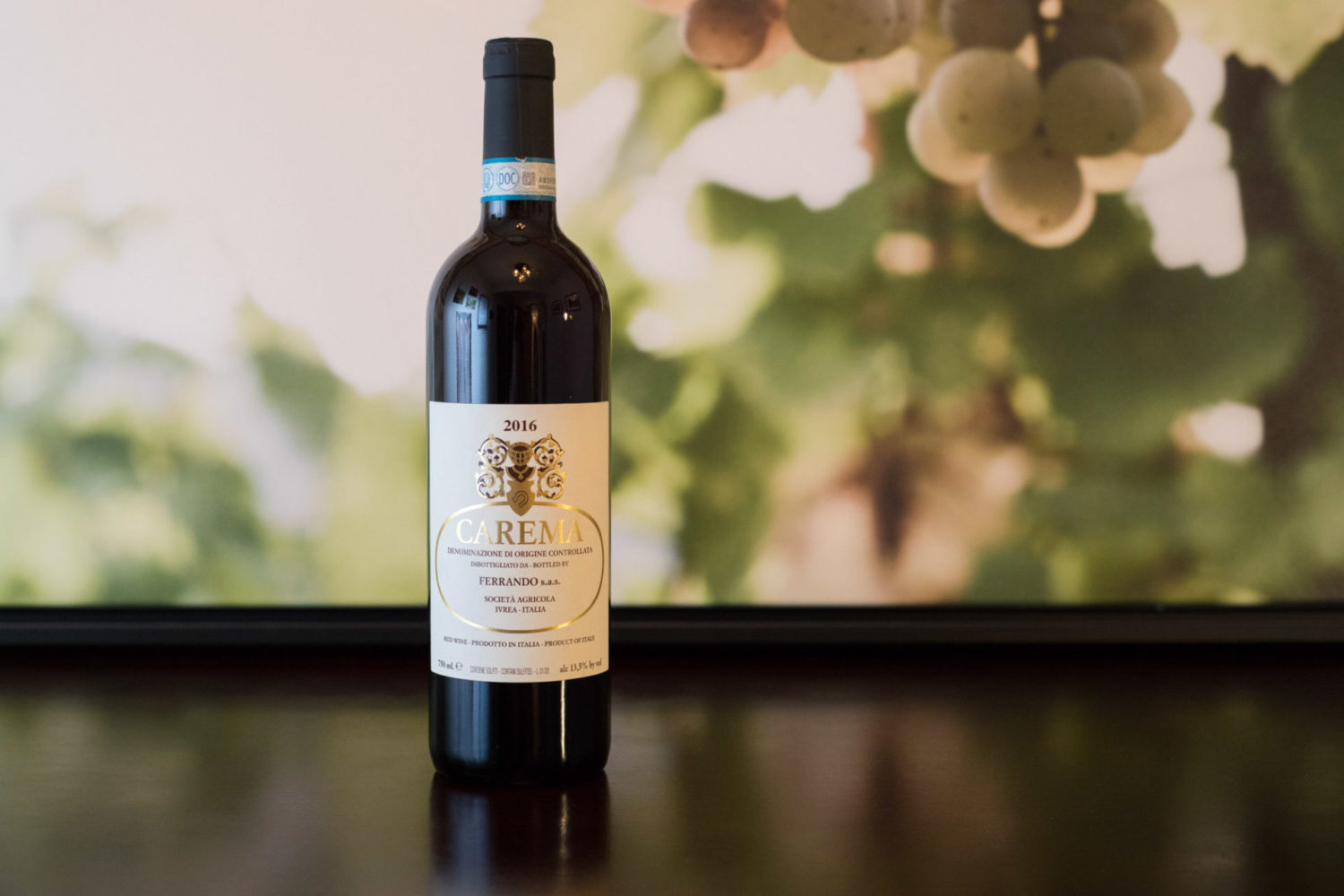
The Ferrando family have been making wines since 1890, and now — in its fifth generation — they remain the only winery making a Carema with estate fruit. The Etichetta Bianca Carema (aka “White Label”) is made annually, while the Etichetta Nera Carema (aka “Black Label”) is only produced in certain vintages. That wine is apparently a more layered and darker version. I have yet to try it because it is exceedingly rare, at only 3,000 bottles in select vintages. But the Etichetta Bianca has given me the incentive to eventually hunt it down, because Ferrando clearly has a mastery of this grape.
Etichetta Bianca offers the highest tones and lightest being of any Nebbiolo wine I’ve tried, but without sacrificing any of the grape’s signature complexity or depth. It is quite the magician in the glass.
There are certain commonalities among Italy’s alpine red wines, Nebbiolo or otherwise, that a discerning wine lover can look for. Etichetta Bianca has them in bunches. First, the aromas have a briskness to them that feels invigorating and fresh, conjuring similarities to such fruit as red currants and pomegranate, as well as dried roses, baking spice, walnuts and a savory tone like salumi. Nebbiolo’s arrow-straight acidity and botanical charms shine. Just when I was starting to grasp this charming yet captivating wine, it shifted gears enough to remind me of Côte-Rôtie. That stony soil shines with a tingling energy on the finish — call it “minerality” if you will, but it always reminds me of the head-swelling aroma of a rainstorm on a hot day.
If there is anything missing, it is the brazen tannic grip that Nebbiolo is known for. But Etichetta Bianca’s assertiveness and beguiling complexity more than make up for the slippery tannins.
We are three months into 2021, and no other wine I have sampled this year has topped this one.
Carema DOC (Piedmont)
Grapes: Nebbiolo (100%)
Alcohol: 13.5%
Opinion: ★★★★★ (out of five)
Food-friendliness: Versatile
Value: As expected
Learn more about these icons.
2016 Produttori di Carema Carema Riserva
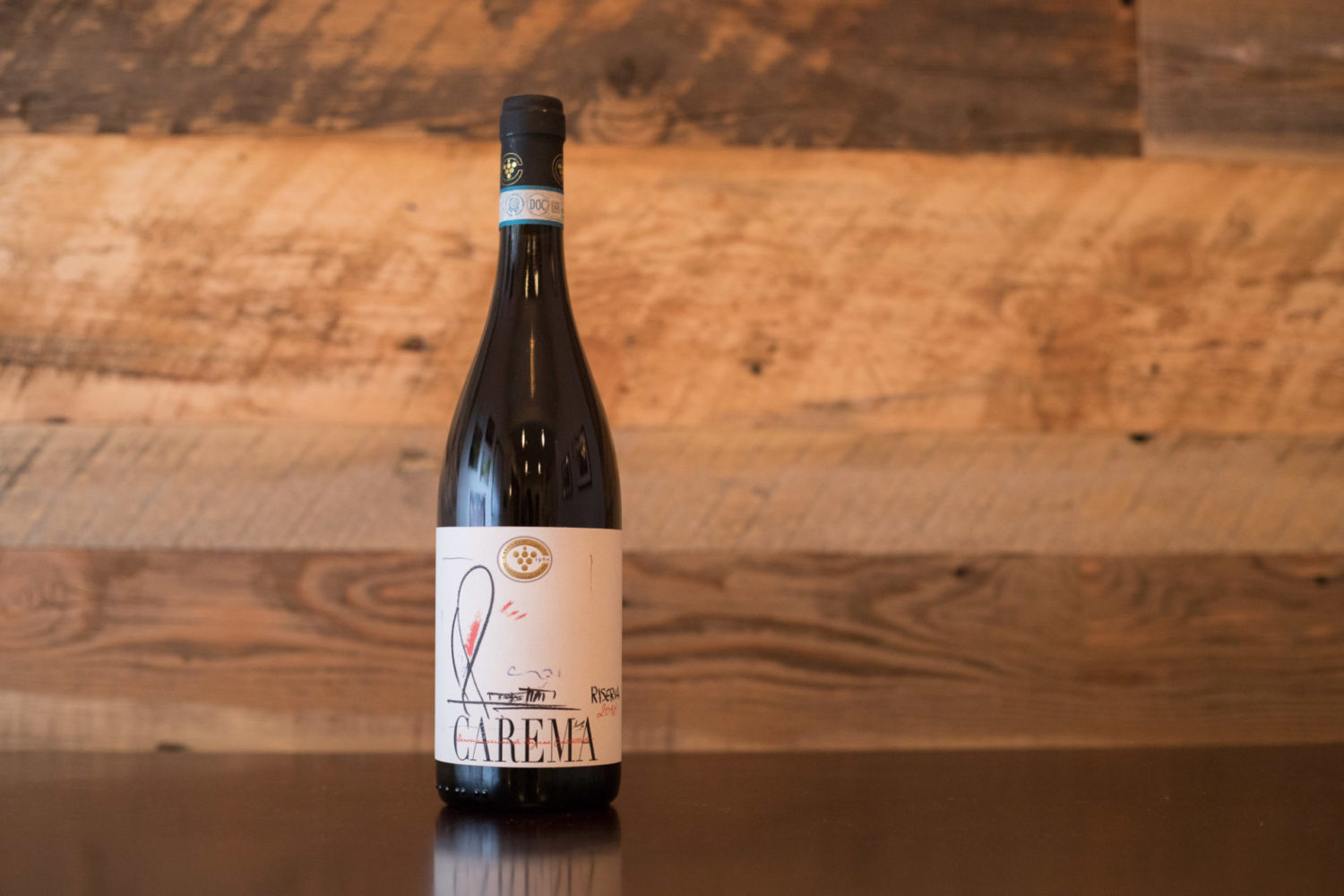
Carema’s other producer — Produttori di Carema — relies on grapes from 71 individual growers who, on average, own less than a hectare of vineyard. This co-operative model is common across much of Italy, but as you sink your teeth into each co-op’s story, you realize how unique many of them can be. Here, the co-operative is helping to preserve a traditional and highly specific craft — winegrowing from Carema’s unique pergola-covered terraces — with fairly tenuous resources. Many of Produttori di Carema’s members are only part-time farmers, and their average age is 55, so one could easily see how the economics of the endeavor are as precarious as Carema’s steep slope.
Curiously, their white label is their riserva, while their black label is their normale — the exact opposite of Ferrando. It opens with a savory salvo on the nose, yet it carries lovely yet lean fruit tones reminiscent of cherries, apricots and pomegranate. A black-tea-and-roses tone made it identifiable as Nebbiolo to me, with a lovely peppercorn-like spice around the edges. This core registered for a few nights in lovely ways. The texture was nearly perfect in how polished, ready and eager it is at this stage, just five years from vintage.
An amiable but serious wine, and a compelling counterpoint to the work of Ferrando.
Carema DOC (Piedmont)
Grapes: Nebbiolo (100%)
Alcohol: 13.5%
Opinion: ★★★★ 3/4 (out of five)
Food-friendliness: Versatile
Value: Excellent
Learn more about these icons.
2019 Cantina Garrone “Munaloss” Vino Rosso
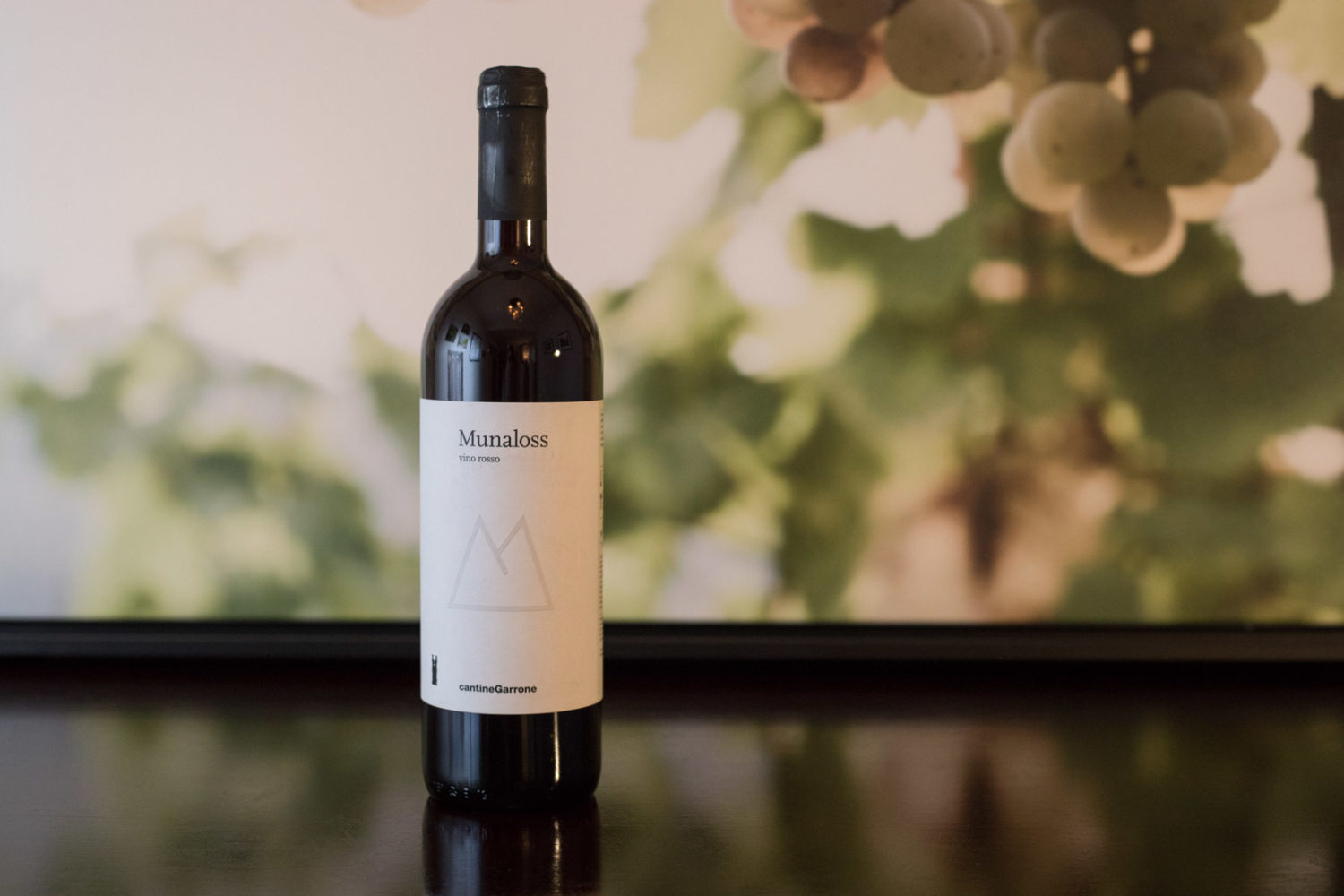
Look at a map of Northern Italy and you will notice the many fingers that reach into Switzerland along its top-most frontier. I’ve kicked around this part of Italy numerous times (because I can’t get enough of it), and it never ceases to amaze me how many valleys I still have to explore.
Valli Ossolane would be one of them. This is another degree of alto in Alto Piemonte: a steeply pitched, terraced wine-growing region similar to Carema in appearance, but located further north, on roughly the same latitude as Valtellina.
Unlike Carema, the vineyards are not exclusively Nebbiolo, although it is the most crucial grape (complemented in the vineyards by Croatina, Merlot, Barbera and Chardonnay). However, a similar trellising technique is employed with stone columns holding up some very old vines (up to 100 years in age).
Little is written about this area because little wine is made, let alone exported. But the Garrone family is represented in the United States, and one of their two wines — called “Munaloss” — is an intriguing alpine wine with more than a few nods to Nebbiolo’s esteemed earthiness. (I’ll try to get my hands on the “Prunent” next time, their 100% Nebbiolo wine). You’ll likely notice the light pigmentation and the subtle purple shades, which allude to Croatina and Barbera’s half of the wine. For me, aromas were suggestive of sour cherry, wintergreen mint, black pepper and violets, but — again — the overall takeaway is this red wine comes from the Alps. It could understandably be confused for Schiava, Cornalin or even Petite Rouge, especially given the timid tannins and low alcohol. But I love wines like this. They are unique and refreshing, and — something that’s rarely discussed in wine circles — easy to digest.
Valli Ossolane DOC (Piedmont)
Grapes: Nebbiolo (50%), Croatina (30%), Barbera (20%)
Alcohol: 12.5%
Opinion: ★★★★ 3/4 (out of five)
Food-friendliness: Versatile
Value: Excellent
Learn more about these icons.
In a way, comparing any of these wines to Barolo and Barbaresco is missing the point. They’re very existence alone would make them a gem, but the fact that they shine as some of the Italian Alps’ finest wines makes them all the more special. Let me know in the comments if you’ve been lucky enough to taste any of these wines, and what you thought of them.
Note: Two of these wines (Produttori di Carema and Cantine Garrone) were provided as samples by their importers, while the third (Ferrando) was paid for with our editorial budget. Learn more about our samples policy.

